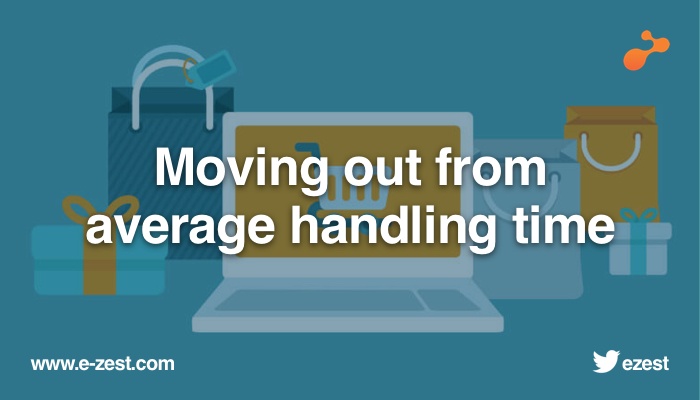Written by Mandar Thosar | Oct 19, 2017 5:31:00 AM

The first real end-to-end tech affair for commerce industry was 'call centers'. Some ten or fifteen years ago, the growth of your business meant that you had to stack bigger call centers with more hundreds of servicing agents. Call centers were functioning relentlessly to satisfy your customers. An important measure to rate the performance was ‘average handling time’. A lot has changed since then.Technology has become a backbone for enterprises. With that, the users have become smarter with the transition seen from guides to call center support to self-service. Integrated systems are in place and mobile has taken the center-stage, just to name a few major changes. All this has impacted the expectations from the businesses.
The question is how businesses live up to the current expectations of their users. The right use of technology mix and right implementation through change management processes can do wonders for businesses, if done right.
Businesses will have to look for an opportunity to capture user centric data at every available touch-point. If users are surfing your website then you can record URLs, the time spent on pages, mouse hovers through heat-map, scrolls and clicks, searches made on site etc. If the user is interacting through a mobile device then the device and platform details, the screen resolution, the app usage pattern become important things to track. If you have access to other aspects such as location then you must track those too. If the user is walking through your retail store aisle, then his movements, purchase history etc. will be valuable to know about. When all of this information is put at once place and analyzed as a single unit, businesses would get very detailed user profiles and usage patterns.
This information will help businesses to identify the possible friction areas. Once these areas are identified, businesses can act in a predictive and proactive way to address the user concerns.
Let's consider this example. Despite having a user manual, a particular product draws many service calls. Businesses can schedule in-person product demos to avoid such bad experience or include AV CD/DVD of the product which would be easier to understand or share a YouTube URL on the manual.
To see another example, say a software vendor has included a new feature which caused many support tickets to be raised. That’s a friction area right there. This needs the vendor to think of building guided tours in the software or to enrich the tool tips.
In a similar way, you can better the e-commerce user experience by giving contextual notifications, price change alerts, 3D product views, verified buyer reviews, assessing user eligibility in certain cases before the purchase etc. All of it would mitigate the problem with the experience before it grows or escalates to the next level.
The key in digital commerce is to make the right product available for the right customer, creating great user experience. The ages have truly moved from managing the handling time to an era where the customer is, as always, the king and the experience is the king’s crown.